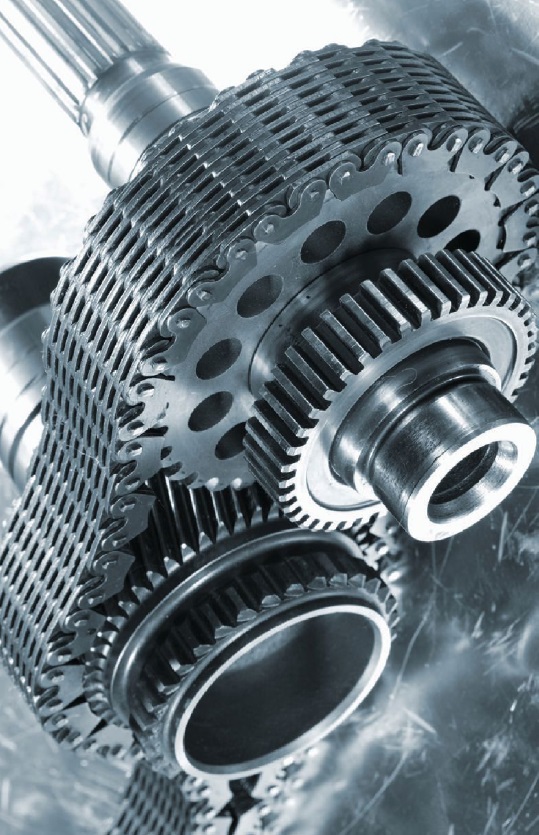What is your experience machining or lubricating titanium alloys? What advice would you offer others?
TLT Sounding Board November 2012

www.canstockphoto.com
There’s no question that even for the industry’s leading professionals, finding ways to lubricate while working with titanium alloys remains an uncertain proposition. The one area of agreement is that titanium, despite its many advantages, is a difficult material to work with, as preventing hardening and dispersing heat are among the toughest issues. Primarily used in aerospace applications, titanium is becoming more popular and finding its way into other industries, including medical. To learn more about this fascinating material, see Jean Van Rensselar’s feature article here in this issue.
You don’t necessarily need to use a chlorinated metalworking fluid to machine titanium.
There are a number of factors which contribute to machining titanium. It is quite a tough material with an elastic surface, so the tool can struggle to maintain its accuracy, especially if the stability of the machine is not perfect. It also has a low heat conductivity so the heat remains near the surface instead of being transported well from the interface.
Be careful when recommending a metalworking fluid for a titanium alloy machining application. There are certain specific chemistries that are key to successful titanium machining.
Be sure that your lube has high lubricity.
Effective cooling of the tool is essential.
Need to lubricate titanium alloys with a low friction oil to prevent wear.
Carefully select your metal-removal fluid and tools.
Beware chlorinated products!
We sell lubricants and fluids into application where this processing is being done—both aerospace and general machining. Just be aware of tooling and surface finish requirements.
This is a very difficult material to machine. It’s difficult to avoid work hardening.
We have very little experience dealing with titanium. Read all information available and listen to actual machinists who work daily with this type of material.
The challenge is in grinding. Not machining.
What percentage of customers do you think understand the difference between conventional and synthetic lubricants?
20% or fewer
36%
20%-40%
43%
40%-60%
14%
60%-80%
5%
More than 80%
2%
Results based on a survey of 13,000 TLT readers.
I have been heavily involved in the machining of various types of titanium over the years. I would advise that you work closely with your tooling vendor to select the best cutting tool for this application.
I’m in the early stages of learning about MWFs.
Use high quality tools and fluids—otherwise you’ll spend a dollar to save a dime.
Buy our products—we totally make a great titanium machining coolant!
We’re just beginning to get a better understanding of the process here.
We have excellent success machining titanium alloys with a new, heavy-duty, water-based synthetic fluid.
Don’t use chlorine!
We are seeing more titanium used in the medical industry as well as aerospace. Flooding of the coolant is necessary to dissipate heat and flush away the chips. Low-foaming MWFs are critical.
What is the main reason that makes titanium machining difficult?
Stickiness, causing a blunt tool tip
17%
Low thermal conductivity, causing high temperature at the cutting interface
37%
Chemical activity, causing reactions with the tool
5%
Incompatible with cutting fluids, causing high friction at the cutting interface
20%
Other
21%
Results based on a survey of 13,000 TLT readers.
Editor’s Note: Sounding Board is based on an e-mail survey of 13,000 TLT readers. Views expressed are those of the respondents and do not reflect the opinions of the Society of Tribologists and Lubrication Engineers. STLE does not vouch for the technical accuracy of opinions expressed in Sounding Board, nor does inclusion of a comment represent an endorsement of the technology by STLE.